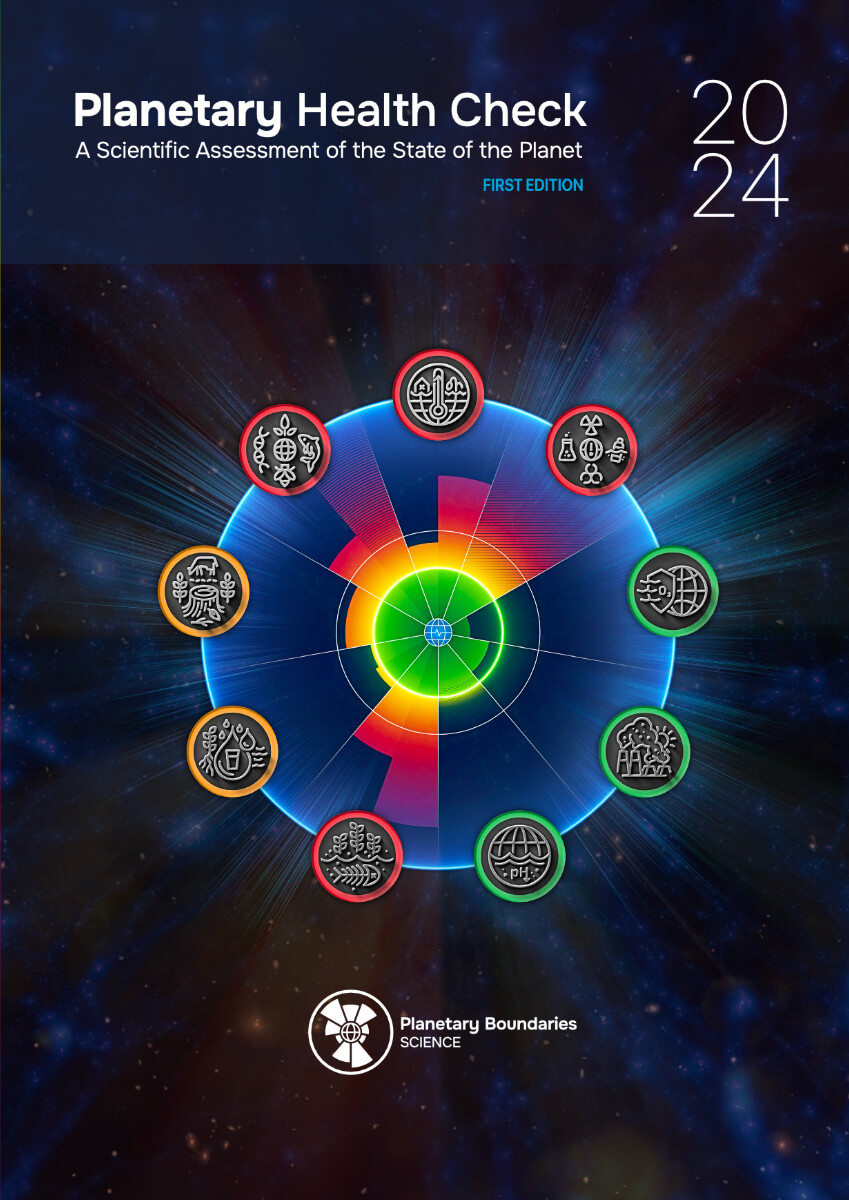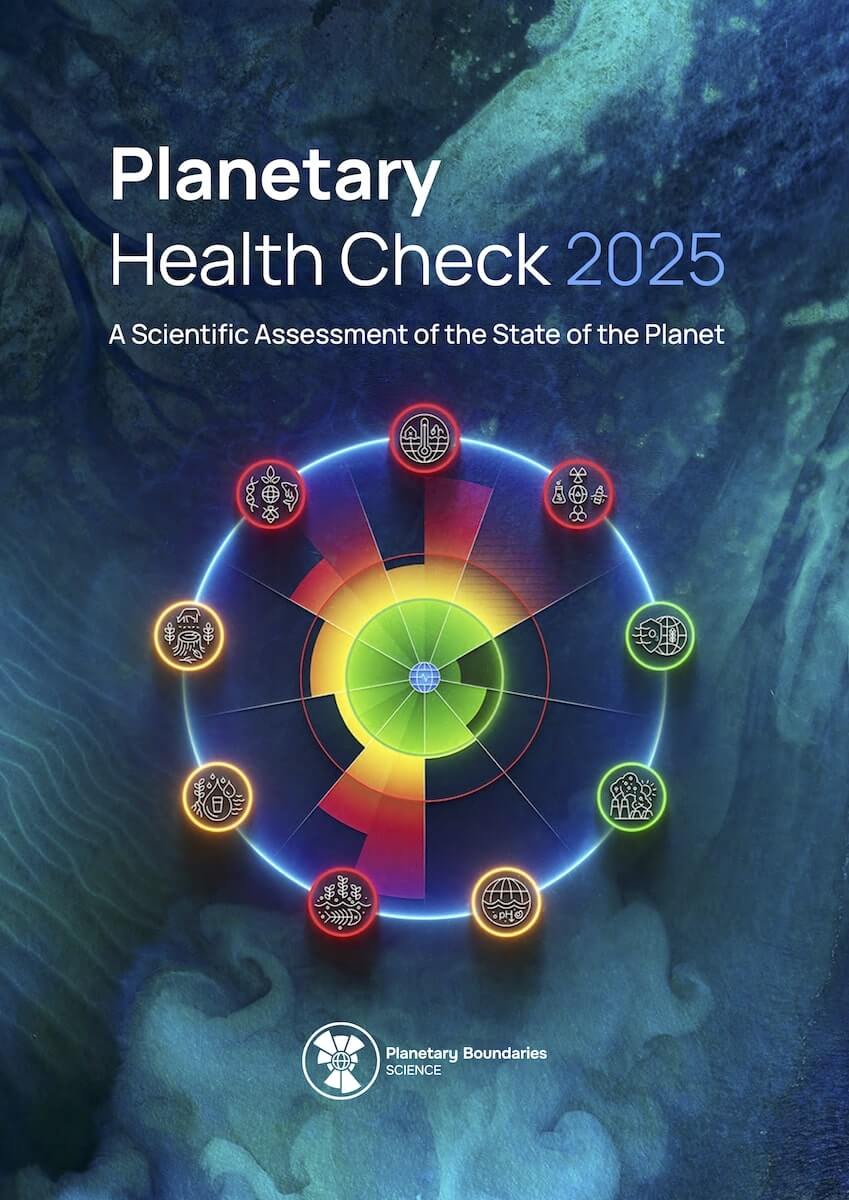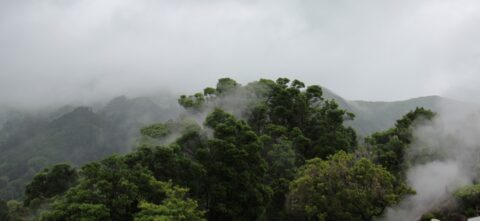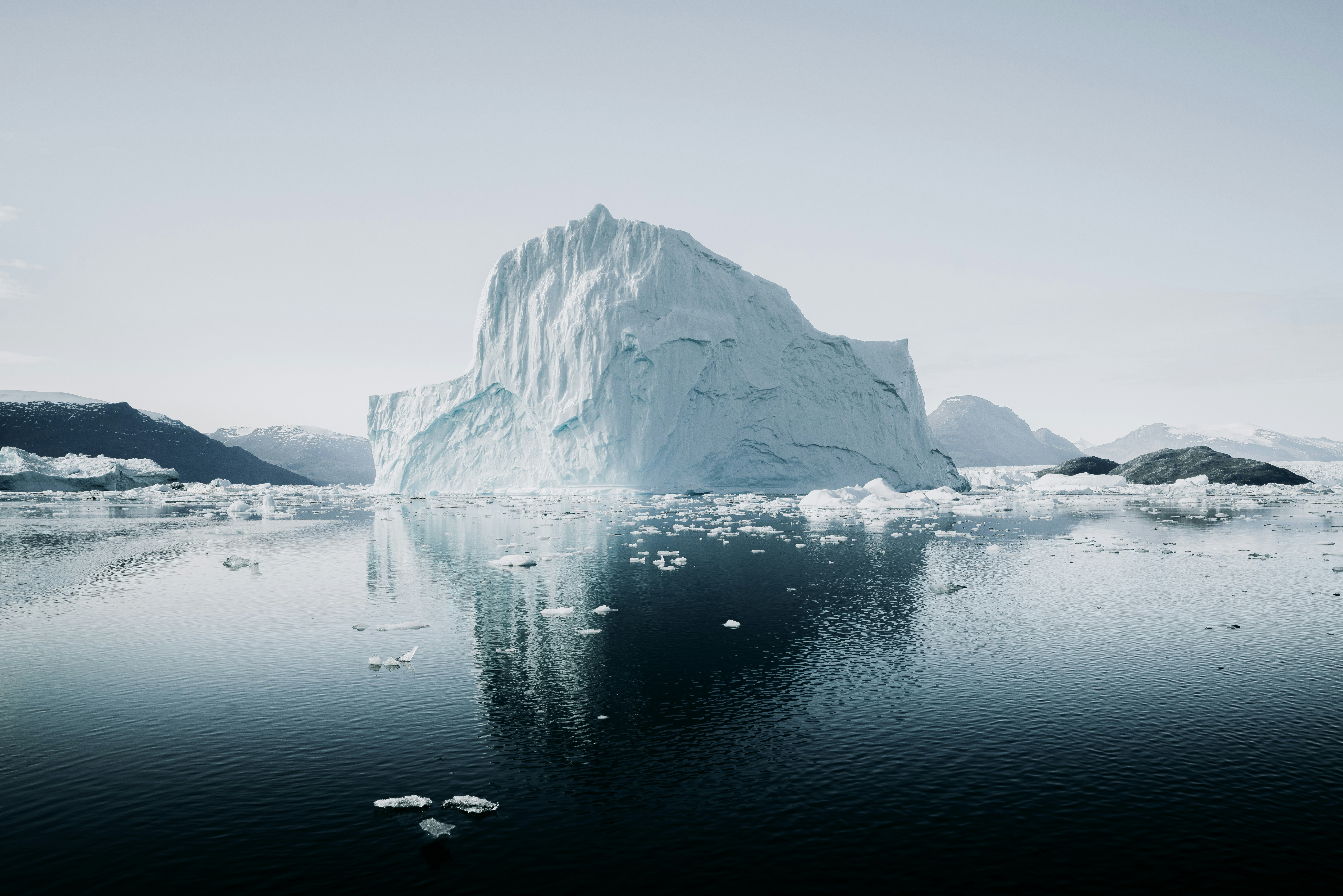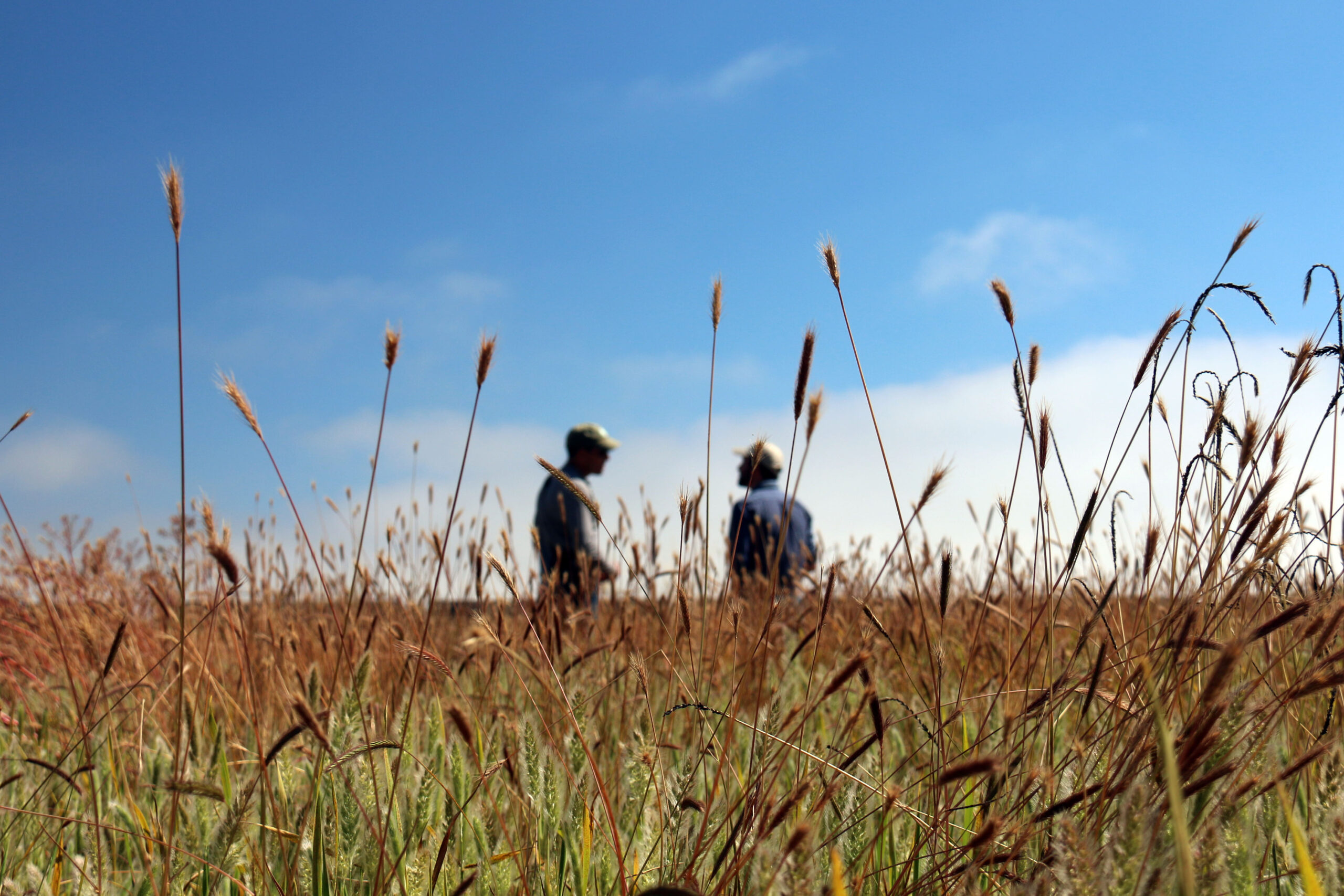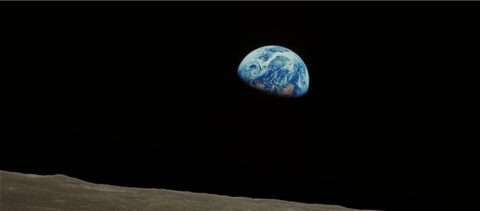
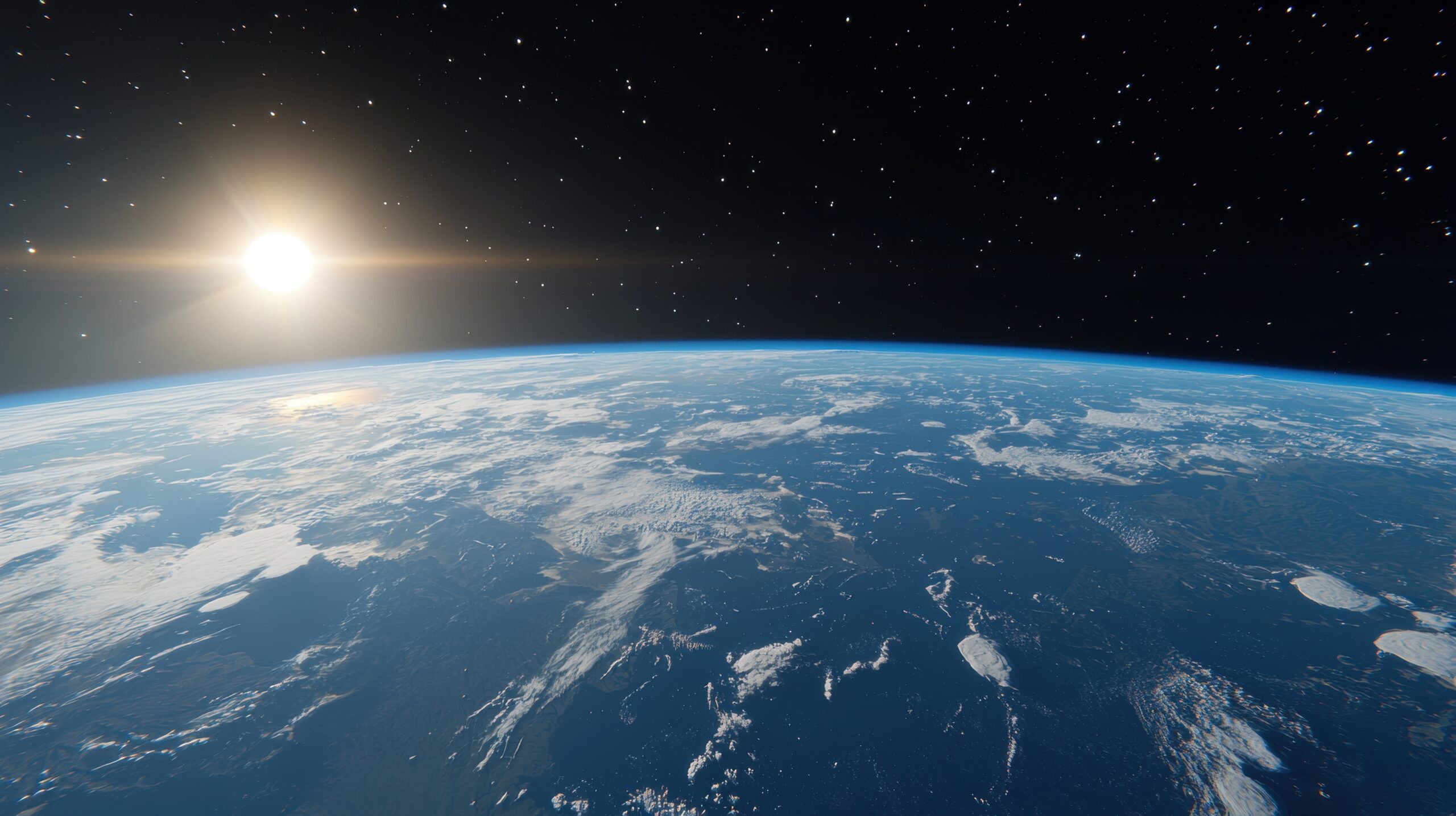
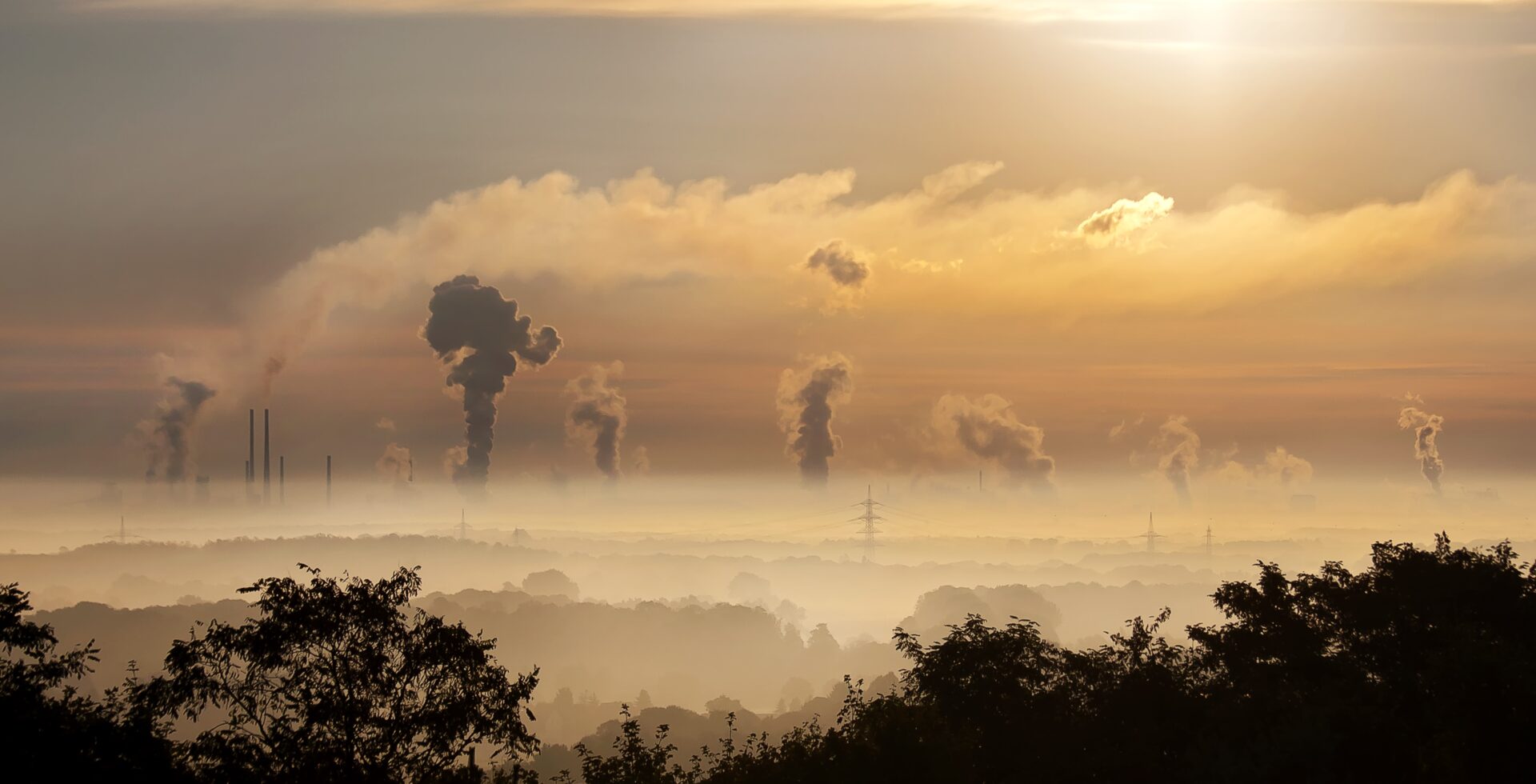
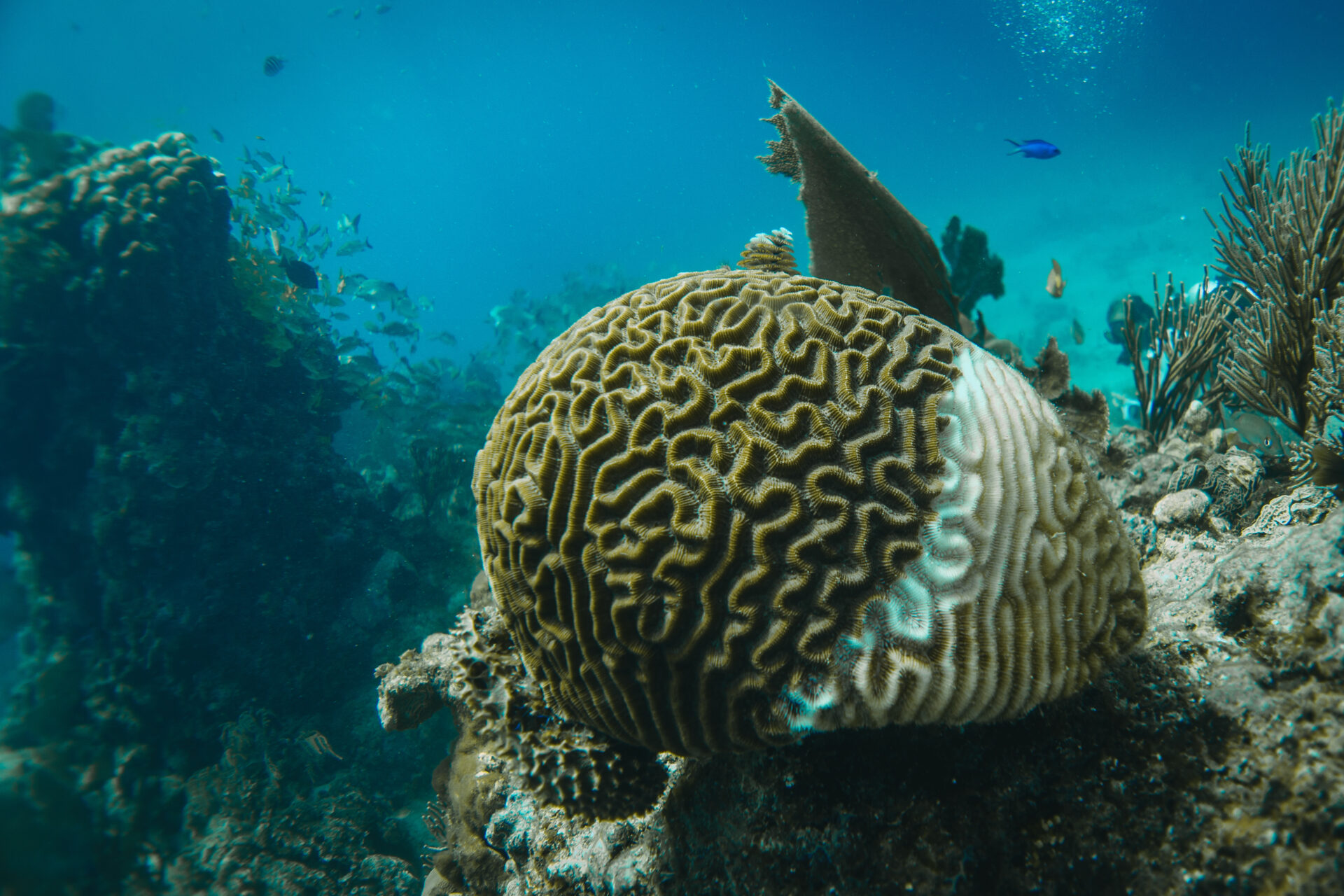
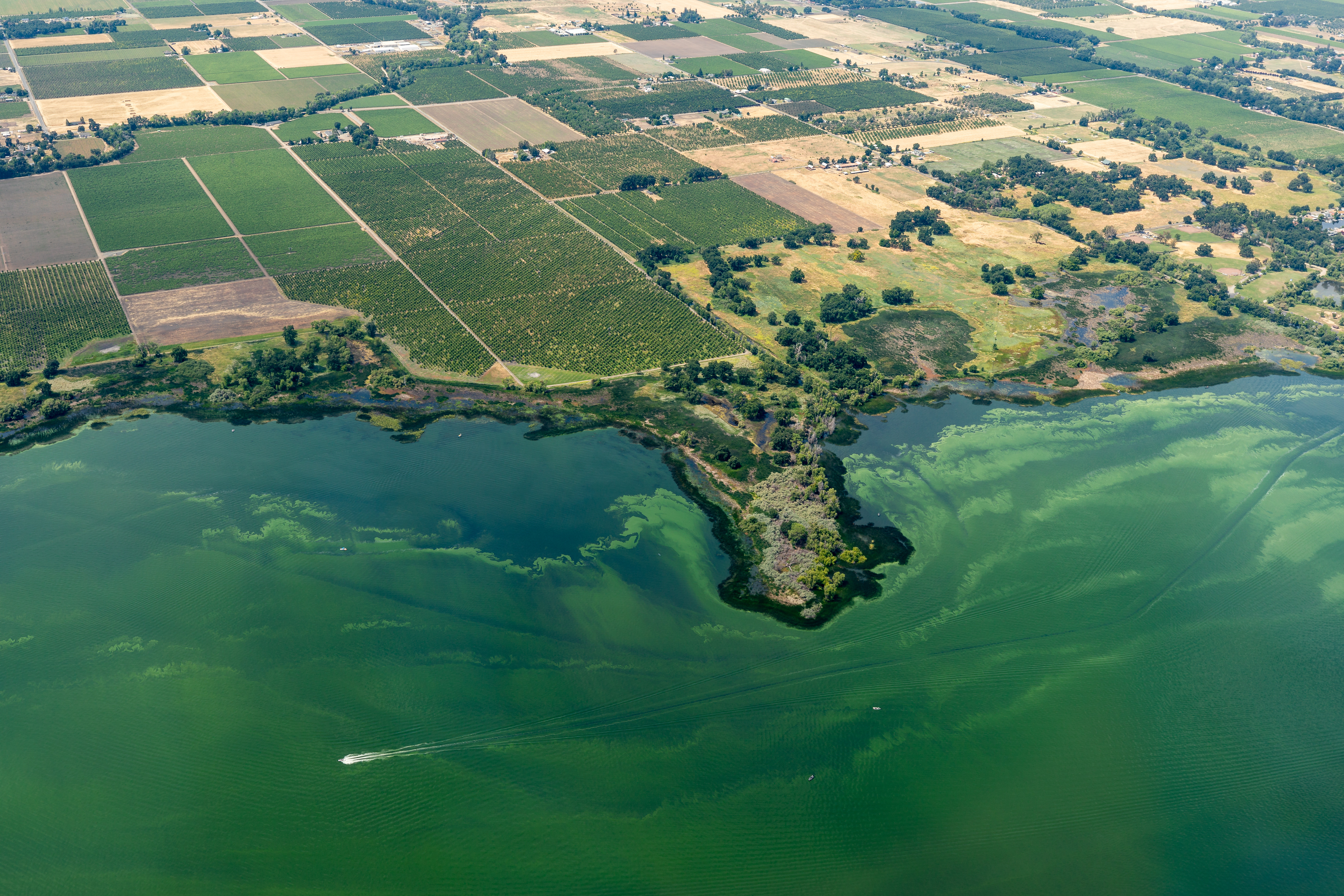
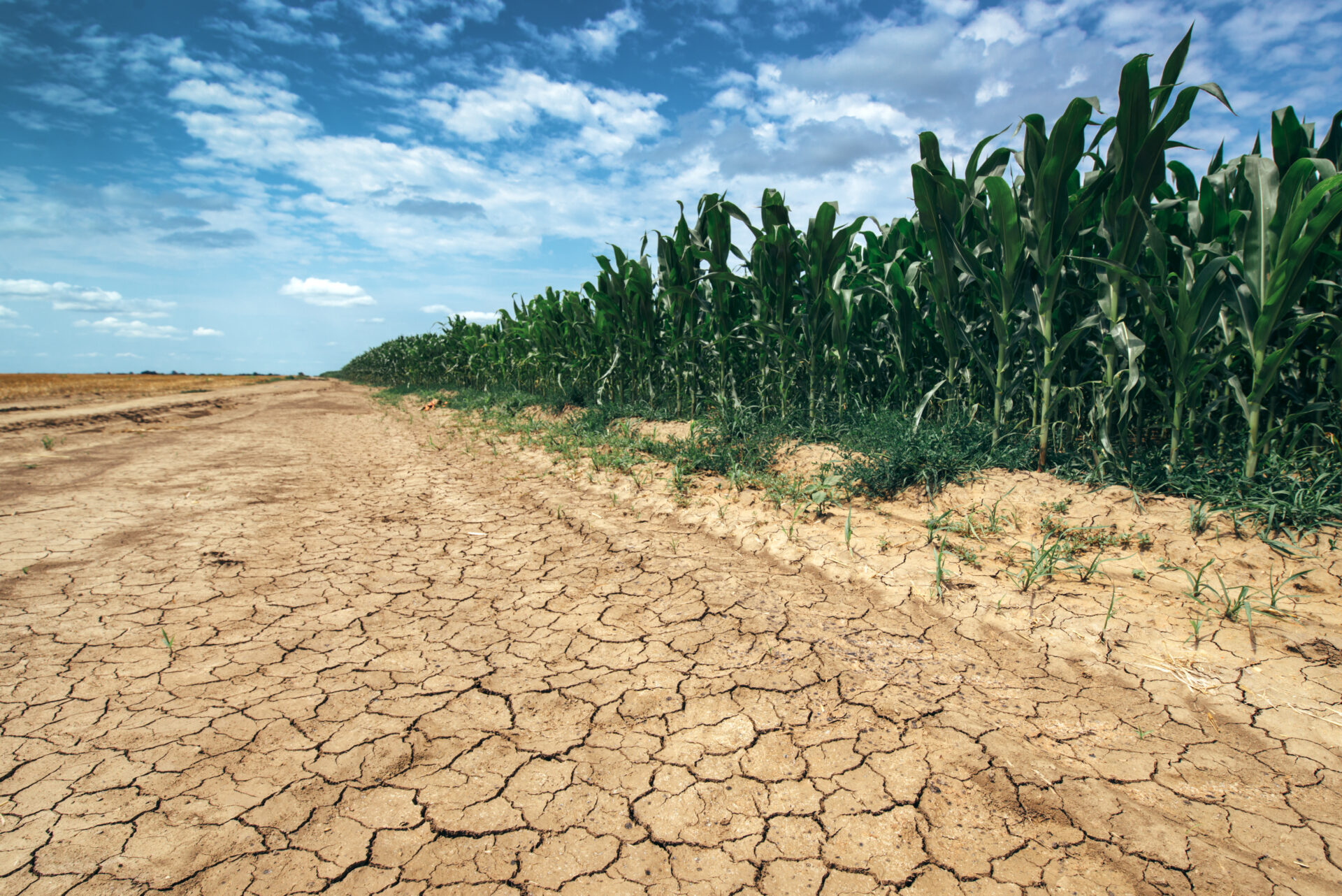


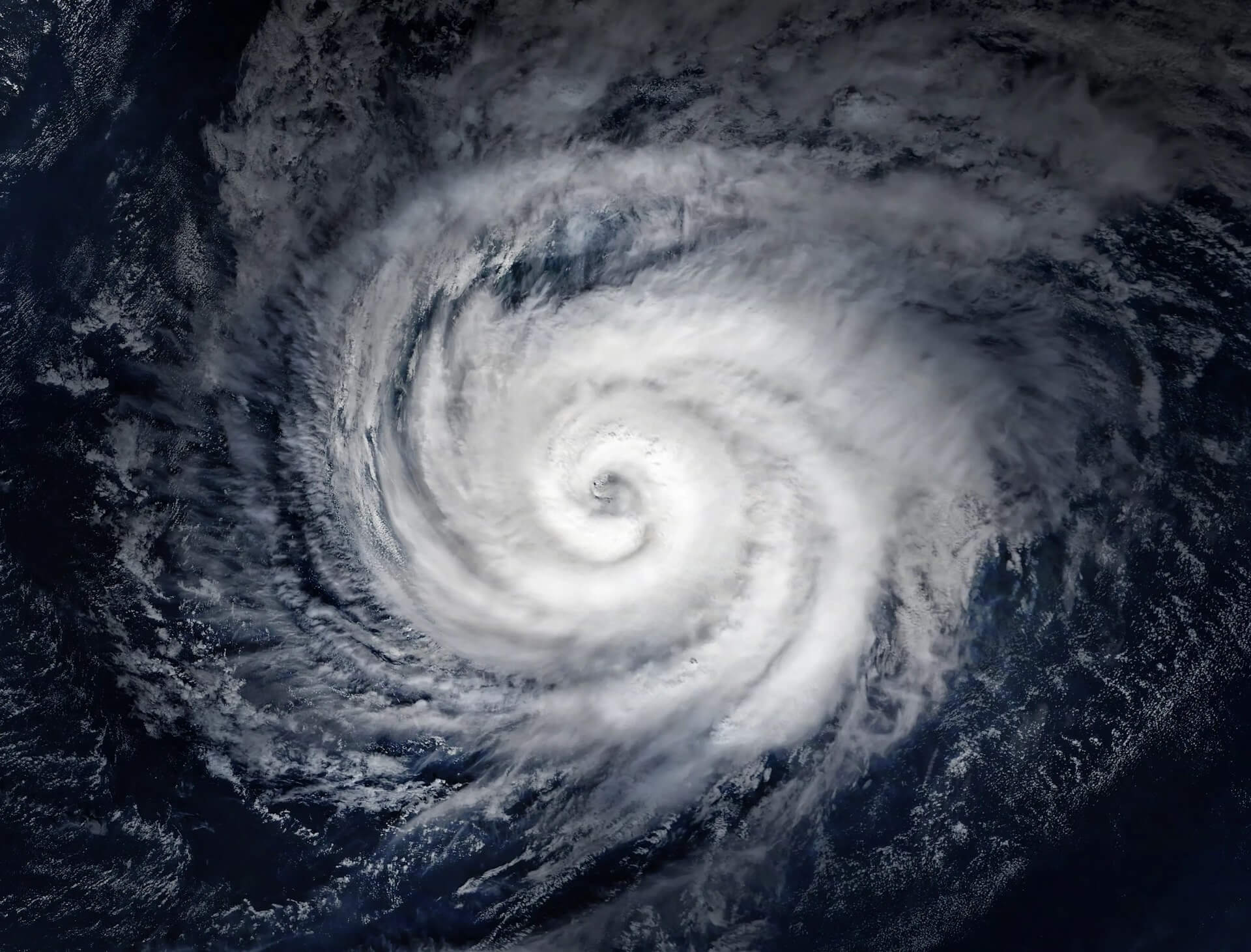
Planetary Health Check
Our planet’s vital signs are flashing red.
7 out of 9 Planetary Boundaries are breached.
We have to act now.
Loading data for 10 year(s)...
The Planetary Boundaries
Rules that help us keep our planet safe, healthy, and protect life on Earth.
Human activities have pushed Earth beyond its Safe Operating Space. The planet's natural resilience is weakening: Global warming is accelerating, ecosystems are showing clear signs of degradation, and early warning signs of tipping points are emerging in key systems. We have entered the Anthropocene — an era where human activity dominates the Earth system.
To saveguard the Earth's resilience and stability, we must bring the planet back into its Planetary Boundaries. These boundaries are scientifically defined guardrails that ensure the Earth's health. Stay within them, and the Earth stays our dependable home — breach them, and we risk irreversible damage to our very own life support system. Today, seven out of nine boundaries have been transgressed.
The Planetary Health Check is a yearly report on the state of our planet. It presents the most up-to-date assessments of the Planetary Boundaries, gives thorough introductions into cutting-edge science, and spotlights especially relevant aspects of our planet's health. In this 2025 edition, we place a special focus on the Ocean's role in the Earth system, and assess for the first time that Ocean Acidification is the seventh transgressed Planetary Boundary.

“In the past century, and mostly since the 1950s, more has been learned than ever before about what makes Earth suitable for life, especially human life, in a fiercely inhospitable universe.”
Sylvia Earle, Planetary Guardian
Oceanographer, National Geographic Explorer; Founder, Mission Blue; Founding Ocean Elder
Science
In our Science section, find more resources around planetary health, Earth system resilience, and more.
Featured Article

About this Project
The Planetary Boundaries Science (PBScience) project was launched in 2023 to address critical gaps in our understanding and monitoring of the Earth system. Utilizing advanced simulation modeling, incorporating the latest available measurement datasets and synthesizing new insights from Earth system science literature, PBScience provides annual Planetary Health Checks based on the Planetary Boundaries framework. Collaborating closely with the Planetary Guardians and other partners, PBScience strives to elevate global awareness and drive action towards maintaining planetary stability.
Read MoreWhat now?
PBScience is currently forming a Planetary Boundaries Initiative (PBI) which brings together diverse scientists, policymakers, and civil society to create collaborative solutions for environmental risks. The PBI welcomes new collaborations and suggestions.
Are you interested in collaborating, or do you have questions or inquiries? We would love to hear from you.
